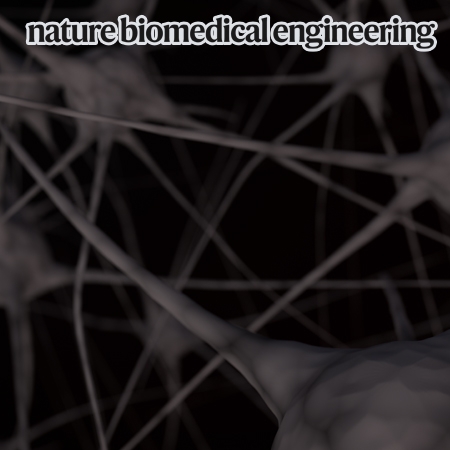Research Research Highlights
Research Highlights
Research Highlights
Research Highlights
Research Highlights 미리보기

Temporally Distinct 3D Multi-Omic Dynamics in the Developing Human Brain
Prof. Dong-Sung Lee
Professor Dongsung Lee from the College of Medicine at SNU, in collaboration with researchers at UCLA and UCSF, has published a paper in Nature, being the first in the world to study epigenomic changes, including the three-dimensional genome structure and DNA methylation, during human brain development from the fetal stage to adulthood at the single-cell level, using the single-nucleus methyl-3C technology they developed.
Research Highlights Board

Association between antibiotics and dementia risk: A retrospective cohort study
Prof. Sang Min Park
The possible relation between antibiotic exposure and the alteration of gut microbiota, which may affect dementia risk, has been revealed. However, the association between antibiotics and dementia incidence has rarely been studied.

Widespread false gene gains caused by duplication errors in genome assemblies
Prof. Heebal Kim
False duplications in genome assemblies lead to false biological conclusions. We quantified false duplications in popularly used previous genome assemblies for platypus, zebra finch, and Anna’s Hummingbird, and their new counterparts of the same species generated by the Vertebrate Genomes Project, of which the Vertebrate Genomes Project pipeline attempted to eliminate false duplications through haplotype phasing and purging.

Biomimetic reconstruction of butterfly wing scale nanostructures for radiative cooling and structural coloration
Prof. Seung Hwan Ko
A great number of butterfly species in the warmer climate have evolved to exhibit fascinating optical properties on their wing scales which can both regulate the wing temperature and exhibit structural coloring in order to increase their chances of survival.

Orthogonally-tunable and ER-targeting fluorophores detect avian influenza virus early infection
Prof. Dongwhan Lee
Cell-based assays can monitor virus infection at a single-cell level with high sensitivity and cost-efficiency. For this purpose, it is crucial to develop molecular probes that respond selectively to physiological changes in live cells.

Motivational salience drives habitual gazes during value memory retention and facilitates relearning of forgotten value
Prof. Hyoung Kim
A habitual gaze is critical to efficiently identify and exploit valuable objects. However, it is unclear what salience components drive the habitual gaze choice. Here, we trained subjects to assign positive, neutral, and negative values to objects and found that motivational salience guided habitual gaze choices over 30 days of memory retention.

SAIGE-GENE+ improves the efficiency and accuracy of set-based rare variant association tests
Prof. Seunggeun Lee
Several biobanks, including UK Biobank (UKBB), are generating large-scale sequencing data. An existing method, SAIGE-GENE, performs well when testing variants with minor allele frequency (MAF) ≤ 1%, but inflation is observed in variance component set-based tests when restricting to variants with MAF ≤ 0.1% or 0.01%.

Reduced dopant-induced scattering in remote charge–transfer-doped MoS2 field-effect transistors
Prof. Takhee Lee
Efficient doping for modulating electrical properties of two-dimensional (2D) transition metal dichalcogenide (TMDC) semiconductors is essential for meeting the versatile requirements for future electronic and optoelectronic devices.

Genome-wide association analyses of physical activity and sedentary behavior provide insights into underlying mechanisms and roles in disease prevention
Prof. Taesung Park
Although physical activity and sedentary behavior are moderately heritable, little is known about the mechanisms that influence these traits.

A sustained high-temperature fusion plasma regime facilitated by fast ions
Prof. Yong-Su Na
Nuclear fusion is one of the most attractive alternatives to carbon-dependent energy sources1. Harnessing energy from nuclear fusion in a large reactor scale, however, still presents many scientific challenges despite the many years of research and steady advances in magnetic confinement approaches.

Liver-originated small extracellular vesicles with TM4SF5 target brown adipose tissue for homeostatic glucose clearance
Prof. Jung Weon Lee
Transmembrane 4 L six family member 5 (TM4SF5) is involved in chronic liver disease, although its role in glucose homeostasis remains unknown. TM4SF5 deficiency caused age-dependent glucose (in)tolerance with no link to insulin sensitivity.

A low-power stretchable neuromorphic nerve with proprioceptive feedback
Prof. Tae-Woo Lee
By relaying neural signals from the motor cortex to muscles, devices for neurorehabilitation can enhance the movement of limbs in which nerves have been damaged as a consequence of injuries affecting the spinal cord or the lower motor neurons.


